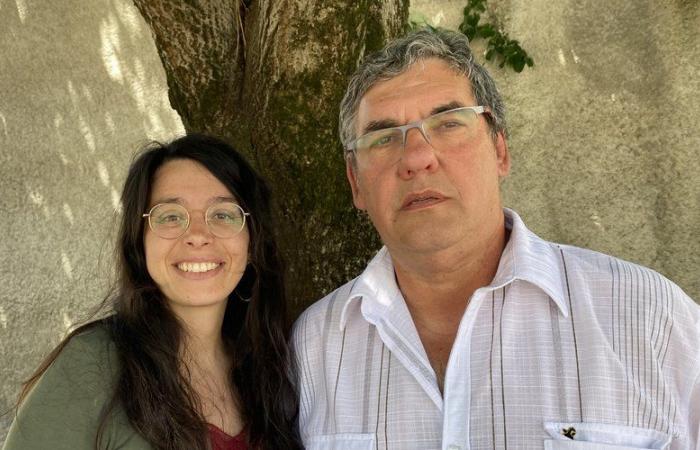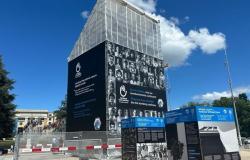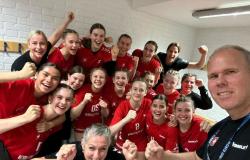the essential
A high-quality conference was led by Mireia Ghuil Egea, doctor in ethnology from the University of Barcelona on the ancestral and traditional practices of summer solstice festivals in the Pyrenees and more particularly in Barousse.
It all started in 2019, Mireia is interested in the ancestrality of the brandon. She explains how this very local festival becomes intangible heritage of all humanity. She develops the inventory, the candidacy and understands local heritage after registration with UNESCO.
The aim of this thesis is to critically analyse this heritage throughout the Pyrenees, then focus on the Barousse. Originally, the municipalities were Christianised over time. Regarding the application, it was necessary to look at the materials used and to find the memory of the village elders. This results in three different types of summer solstice celebrations, those of Catalonia and Aragon, where people go up the mountain with torches and go down to the village and celebrate around the fire. In Andorra, the celebration is done with a spinning dance with the “falles” in hand. In the central Pyrenees, the celebration is celebrated with the brandon.
The other important element: the context of UNESCO. How to understand the institutional and international normality of the context of regimes? How do we go down from the state to the region to arrive in the valley? Méria therefore did technical research by participating in the preparation of the solstice. She worked on the history and the concept of heritage. She went back to the French Revolution, then looked at the Second World War. A period that allowed the conservation of heritage. Apart from UNESCO world heritage, there is heritage in the small valleys that tells the story, it is the local identity. Formerly called “folklore”, it was not part of the dominant class. May 1968 also had consequences on the return to the countryside with an interesting regional identity.
Becoming an intangible heritage of humanity
How to pass on this intangible heritage, protect it and safeguard it. A colossal work initiated by René Marrot, an adventure that began in 2007 until 2015, the date of registration. In Barousse, it was necessary to recover the entire history of the festival, to trace a genealogy in this valley. What is this festival in Barousse? What is its purpose in relation to the identity of the valleys? Is the summer solstice festival significant? A file, composed of five criteria, arrived at the Ministry of Culture and then at UNESCO. The file was examined, corrected, evaluated and finally arrived at the international committee to be registered.
In this valley there are twenty active villages and five dormant ones, but what is interesting is the temporality of the festival in relation to Catalonia.
Mireia was particularly interested in the local perception of discontinuity, the importance in traditions when and where there is a discontinuity in her history.






